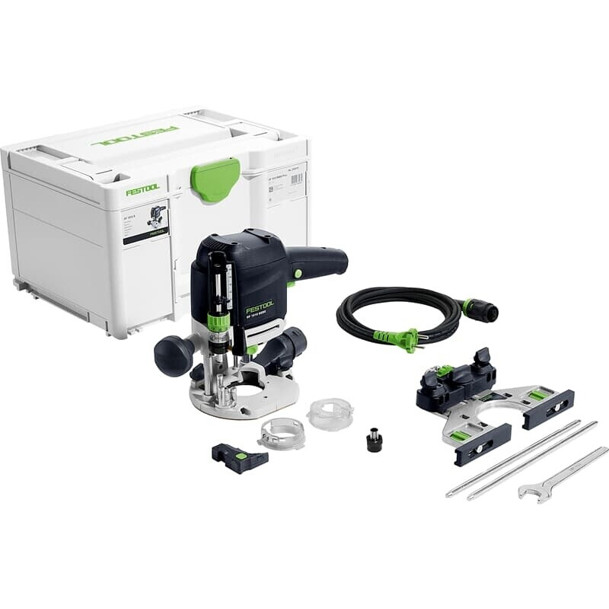Router Comparison: Choosing the Right Router for Your Needs
In an increasingly digital world, having a trustworthy and effective web connection is important for both personal and professional activities. The backbone of any web connection is the router, a device that directs network traffic and guarantees the stability of your online presence. With Dickenhobel Testsieger of routers offered in the market, picking the ideal one can be a complicated job. This post intends to supply a detailed comparison of different routers, analyzing their features, performance, and viability for different requirements.
Comprehending Router Types
Before diving into the comparison, it's important to comprehend various router types readily available today:
- Single-band Routers: These routers operate on one frequency band (2.4 GHz), making them suitable for fundamental internet use such as web surfing and e-mail.
- Dual-band Routers: Supporting both 2.4 GHz and 5GHz frequency bands, these routers offer higher versatility and faster speeds, dealing with a wider range of activities like streaming and gaming.
- Tri-band Routers: Featuring one 2.4 GHz band and 2 5GHz bands, these routers are ideal for high-traffic environments like big families or workplaces with several devices linked simultaneously.
- Mesh Wi-Fi Systems: A network of nodes that offer seamless coverage throughout large areas. They are ideal for removing dead zones and ensuring a stable connection in multi-story homes.
Secret Router Features
When comparing routers, a number of essential functions should be thought about:
- Speed: Measured in Mbps (Megabits per 2nd), router speed identifies how quickly information can be sent. Search for routers that offer higher speed requirements for better performance.
- Variety: The coverage location is crucial. A router should offer enough range to cover your entire living area.
- Security Features: Look for routers with sophisticated security protocols (WPA3), built-in firewall softwares, and malware security to secure your network.
- Number of Ports: Consider the number of gadgets you wish to connect straight. More Ethernet ports can offer faster connections for desktops or gaming consoles.
- User Interface and Management: A friendly user interface can make establishing and managing your router simpler, while mobile apps can enhance ease of usage.
Router Comparison Table
To help with a notified choice, here's a comparison of some popular routers throughout numerous functions:
| Router Model | Type | Speed (Mbps) | Range | Security Features | Price (Approx.) |
|---|---|---|---|---|---|
| TP-Link Archer A7 | Dual-band | 1750 | 2,500 sq feet | WPA2, Guest Network | ₤ 60 |
| Netgear Nighthawk AX12 | Tri-band | 4804 | 3,500 sq ft | WPA3, Smart Connect | ₤ 500 |
| ASUS RT-AX88U | Dual-band | 6000 | 3,000 sq feet | WPA3, AiProtection | ₤ 300 |
| Google Nest Wi-Fi | Fit together | 2200 | 4,400 sq ft | WPA3, Regular Updates | ₤ 270 |
| Linksys EA8300 | Tri-band | 4000 | 3,000 sq ft | WPA2, Guest Access | ₤ 250 |
Advantages and disadvantages of Different Router Types
Single-band Routers
Pros:
- Generally more budget friendly.
- Simpleness in setup and use.
Cons:
- Limited to fundamental tasks.
- Blockage in congested areas can result in poor efficiency.
Dual-band Routers
Pros:
- Better speed and reduced disturbance.
- Suitable for moderate video gaming and streaming.
Cons:
- Can become overloaded in high-traffic locations.
Tri-band Routers
Pros:
- Optimal for big households or offices with many gadgets.
- Exceptional performance for gaming and heavy media intake.
Cons:
- Higher price point.
- May be more intricate to set up.
Mesh Wi-Fi Systems
Pros:
- Eliminates dead zones and provides smooth coverage.
- Scalable; quickly include nodes to broaden coverage.
Cons:
- Generally more pricey.
- Can need more preliminary setup.
Frequently Asked Questions (FAQs)
1. What speed do I require in a router?
Identifying the speed you require depends on your web use. For casual surfing and emailing, speeds of 25-50 Mbps suffice. For streaming HD videos and online video gaming, go for 100 Mbps or greater.
2. Is a tri-band router worth the price?
For households with many devices or a high need for synchronised connections, a tri-band router can considerably enhance performance and connectivity, making it worth the financial investment.
3. What is the distinction in between Wi-Fi 5 and Wi-Fi 6?
Wi-Fi 6 (802.11 ax) provides enhanced speeds, much better performance, and improved capacity for multiple devices over Wi-Fi 5 (802.11 a/c). If you have lots of devices or need the most current technology, WI-Fi 6 is a robust choice.
4. Can I use a router with my existing modem?
Yes, lots of routers work with existing modems. Ensure that your modem and router can interact by checking their requirements.
5. How typically should I change my router?
Normally, routers should be replaced every 3-5 years, or whenever your web speed requirements increase or you experience bad connectivity regularly.
Picking the ideal router is an essential decision that can considerably influence your online experience. By assessing your needs-- whether it's for daily surfing, gaming, or handling a wise home-- users can limit the choices from single-band, dual-band, tri-band, to mesh systems. Depending on individual requirements, such as budget, speed, and coverage, the right router can greatly enhance connection and user satisfaction. With the info supplied in this post, readers are fully equipped to make a notified choice on the router that finest suits their needs.

